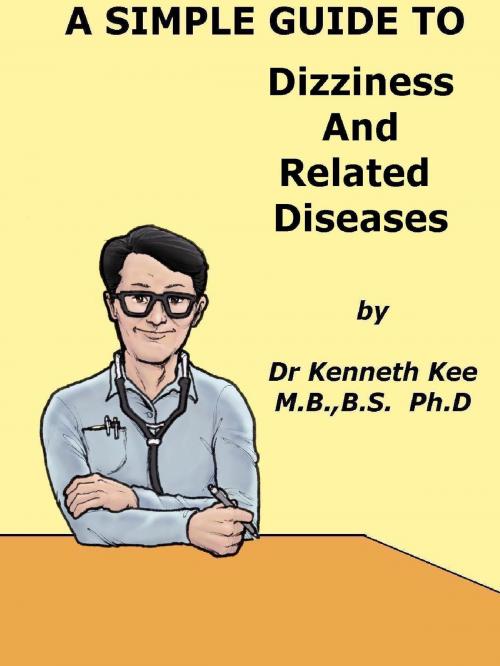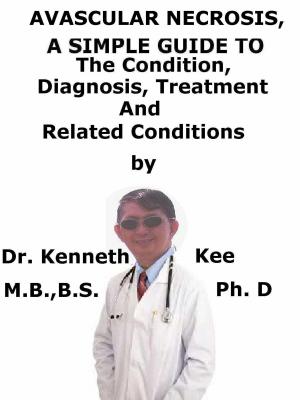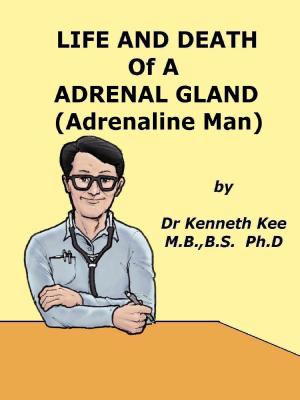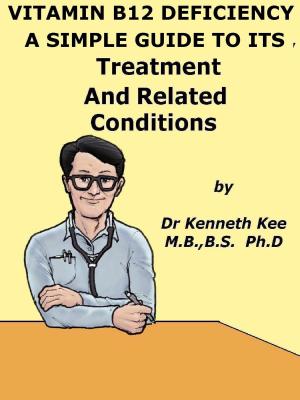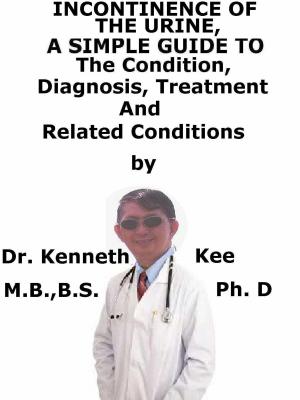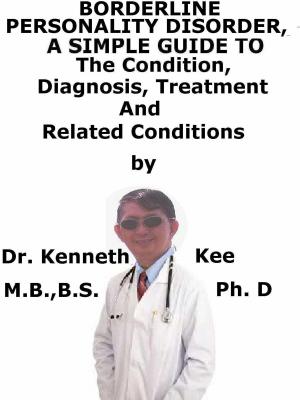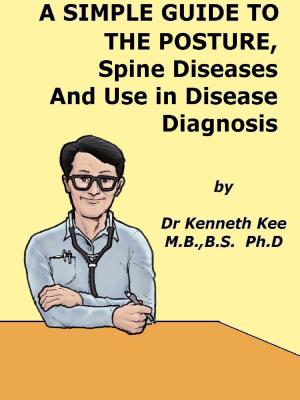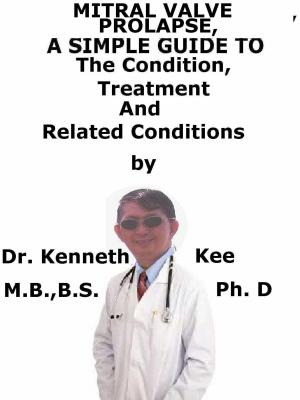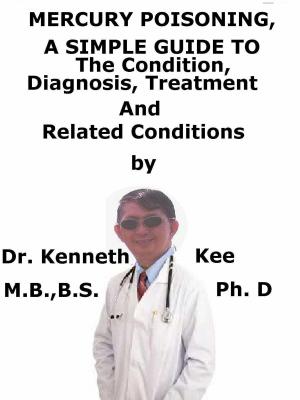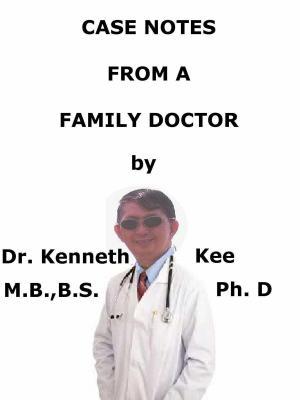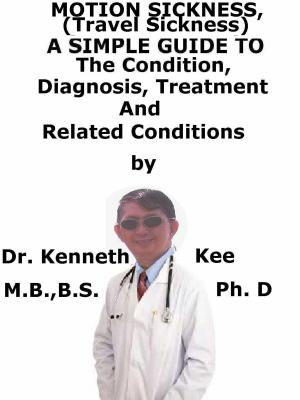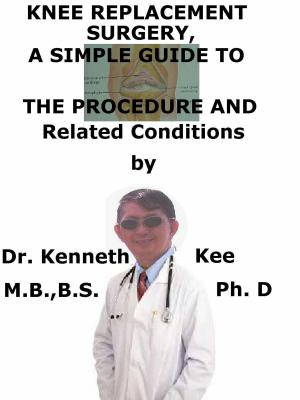| Author: | Kenneth Kee | ISBN: | 9781301929269 |
| Publisher: | Kenneth Kee | Publication: | December 12, 2012 |
| Imprint: | Smashwords Edition | Language: | English |
| Author: | Kenneth Kee |
| ISBN: | 9781301929269 |
| Publisher: | Kenneth Kee |
| Publication: | December 12, 2012 |
| Imprint: | Smashwords Edition |
| Language: | English |
Dizziness has been used to describe different sensations.
True dizziness is a light-headedness, unsteadiness or simply feeling faint.
The symptom of "dizziness" needs to be separated from vertigo, which is a feeling that the room is moving or spinning, or that the person is moving when they are not (or even a floating sensation).
Balance difficulty is also a separate topic where a person feels they are about to fall, has difficulty staying balanced, or may actually fall.
What are the Causes of Dizziness?
There are many causes of dizziness:
-
insufficient blood flow to the brain
-
Lack of sleep
-
Low blood sugar
-
Lower or very high blood pressure
-
Anemia
-
Fever
-
Stress & Anxiety
-
Cochlea imbalance(Motion Sickness)
-
Cold or Influenza
-
heart disease
-
Medicines
-
Brain condition such as Parkinson, brain tumors
Most dizzy spells are minor and go away after a while.
However, dizziness can also point to more serious disorders.
These include:
- Vertigo
This is a spinning sensation or feeling that your surrounding is moving around you.
It is often accompanied by nausea and vomiting.
Nystagmus, a jerky movement in the eye, is a common sign.
Vertigo often indicates an inner ear problem.
Viruses, such as those causing the common "cold" or "flu," can also attack the inner ear and its nerve connections to the brain, resulting in severe vertigo.
In a more serious case, a bacterial infection such as mastoiditis can make a person lose his hearing and sense of balance.
Insufficient blood flow to the inner ear can also lead to vertigo.
This is often caused by poor circulation due to the hardening of the arteries (arteriosclerosis) which is commonly seen in patients with diabetes, high blood pressure or high blood cholesterol.
- Light-headedness
The most typical form of light-headedness occurs when you stand up too fast for the blood to reach your brain.
This form of light-headedness is often transient and harmless.
More persistent forms of light-headedness can be caused by:
a. Loss of body fluids, for instance, loss of water in excessive sweating
Changes to your blood pressure caused by medicines such as anti-hypertensive, diuretics and anti-depressants.
b. Medical conditions such as diabetes and Parkinson's disease.
c. Anemia
- Motion sickness or sea-sickness
People with this condition may experience nausea and even vomiting when traveling in cars, airplanes, boats, or ships.
Though it may incapacitate some people, more often than not, the symptoms are temporary.
Motion sickness occurs when the central nervous system receives conflicting messages from four different systems of the body.
They are the inner ears, the eyes, pressure receptors in our skin and sensory receptors in the muscles and joints.
It is the complex interaction of these four systems that gives us our sense of balance and equilibrium.
For instance, the inner ears, specifically the three semicircular canals in each ear, detect motion in three dimensions, that is, forward-backward, up-down, and left-right.
The central nervous system (that is, the brain and spinal cord) receives all the information from the four systems to make some sense of the body's position in relation to the environment.
Thus, if you are sitting in the back seat of a moving car, your inner ears and skin receptors will detect the motion of your travel.
And if your eyes see the same motion, you will not become "car sick".
But if you are reading in the car, your eyes see only the pages of your book, so your brain receives conflicting messages and you become "car sick."
TABLE OF CONTENT
Chapter 1 Dizziness
Chapter 2 Motion Sickness
Chapter 3 Syncope (Fainting)
Chapter 4 Labyrinthitis (Inflammation of Labyrinth)
Chapter 5 Benign Positional Vertigo
Chapter 6 Meniere’s Disease
Epilogue
Dizziness has been used to describe different sensations.
True dizziness is a light-headedness, unsteadiness or simply feeling faint.
The symptom of "dizziness" needs to be separated from vertigo, which is a feeling that the room is moving or spinning, or that the person is moving when they are not (or even a floating sensation).
Balance difficulty is also a separate topic where a person feels they are about to fall, has difficulty staying balanced, or may actually fall.
What are the Causes of Dizziness?
There are many causes of dizziness:
-
insufficient blood flow to the brain
-
Lack of sleep
-
Low blood sugar
-
Lower or very high blood pressure
-
Anemia
-
Fever
-
Stress & Anxiety
-
Cochlea imbalance(Motion Sickness)
-
Cold or Influenza
-
heart disease
-
Medicines
-
Brain condition such as Parkinson, brain tumors
Most dizzy spells are minor and go away after a while.
However, dizziness can also point to more serious disorders.
These include:
- Vertigo
This is a spinning sensation or feeling that your surrounding is moving around you.
It is often accompanied by nausea and vomiting.
Nystagmus, a jerky movement in the eye, is a common sign.
Vertigo often indicates an inner ear problem.
Viruses, such as those causing the common "cold" or "flu," can also attack the inner ear and its nerve connections to the brain, resulting in severe vertigo.
In a more serious case, a bacterial infection such as mastoiditis can make a person lose his hearing and sense of balance.
Insufficient blood flow to the inner ear can also lead to vertigo.
This is often caused by poor circulation due to the hardening of the arteries (arteriosclerosis) which is commonly seen in patients with diabetes, high blood pressure or high blood cholesterol.
- Light-headedness
The most typical form of light-headedness occurs when you stand up too fast for the blood to reach your brain.
This form of light-headedness is often transient and harmless.
More persistent forms of light-headedness can be caused by:
a. Loss of body fluids, for instance, loss of water in excessive sweating
Changes to your blood pressure caused by medicines such as anti-hypertensive, diuretics and anti-depressants.
b. Medical conditions such as diabetes and Parkinson's disease.
c. Anemia
- Motion sickness or sea-sickness
People with this condition may experience nausea and even vomiting when traveling in cars, airplanes, boats, or ships.
Though it may incapacitate some people, more often than not, the symptoms are temporary.
Motion sickness occurs when the central nervous system receives conflicting messages from four different systems of the body.
They are the inner ears, the eyes, pressure receptors in our skin and sensory receptors in the muscles and joints.
It is the complex interaction of these four systems that gives us our sense of balance and equilibrium.
For instance, the inner ears, specifically the three semicircular canals in each ear, detect motion in three dimensions, that is, forward-backward, up-down, and left-right.
The central nervous system (that is, the brain and spinal cord) receives all the information from the four systems to make some sense of the body's position in relation to the environment.
Thus, if you are sitting in the back seat of a moving car, your inner ears and skin receptors will detect the motion of your travel.
And if your eyes see the same motion, you will not become "car sick".
But if you are reading in the car, your eyes see only the pages of your book, so your brain receives conflicting messages and you become "car sick."
TABLE OF CONTENT
Chapter 1 Dizziness
Chapter 2 Motion Sickness
Chapter 3 Syncope (Fainting)
Chapter 4 Labyrinthitis (Inflammation of Labyrinth)
Chapter 5 Benign Positional Vertigo
Chapter 6 Meniere’s Disease
Epilogue
